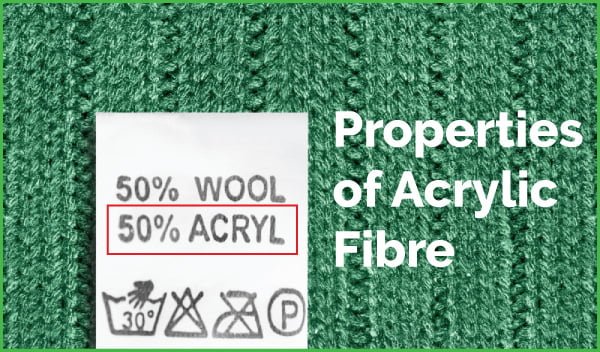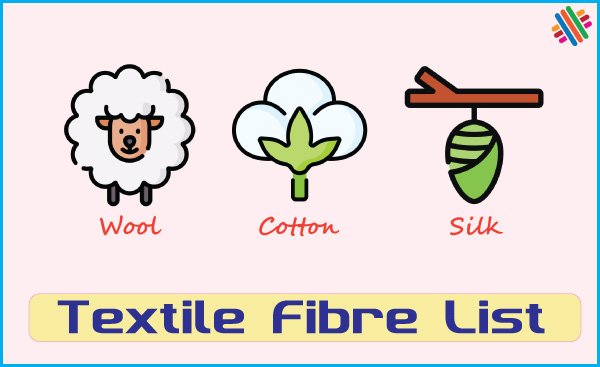Properties of Acrylic Fibre
Last updated on July 19th, 2023 at 12:21 am
Acrylic fibre is the most popular among the synthetic fibres. It contains about 85% acrylonitrile units. It is generated from hydrogen, cyanide, acetylene and petroleum.

Top Properties of Acrylic Fibre
The main properties of acrylic fibres may be described as follows:
Length
The length of the acrylic fibre can be controlled. That means, it may be in filament or staple form.
Fineness
Fineness of this fibre is also controllable. The filament yarns are made 75 to 200 denier ranges while staple fibres are made 2 and 3 denier cut into 1.5”, 2”, 3” and 4” length.
Strength and Extension
It is fairly strong fibre. Its tenacity is 5 gm per denier in dry state and 4.8 gm per denier in wet state. Extension at break is 15%. Good recovery from deformation.
Elasticity
It has an elastic recovery of 85% after 4% extension when the load is extremely released.
Cross-sectional shape
Normally round but cross-section of this fibre could be varied.
Appearance
It is about 30% bulkier than wool. Regarding insulating warmth, it has about 20% greater insulating power than wool.
Effects of chemical
Acid: It has good resistance to mineral acid.
Alkali: The resistance to weak alkali is fairly good but hot strong alkali damages this fibre.
Solvent: It has excellent resistance to common solvents, oils, greases, and natural salts.
Water: moisture regain of this fibre varies from 1.5% to 3%. Easy to wash and quick drying.
Effect of heat and sunlight
This fiber has very good thermal stability. Safe ironing temperature is at 1600C. At 230 – 2350C acrylic sticks with the iron i.e. melting occurs. High temperature may sometime causes yellowing of this fibre.
Effect of Biological agents
This fibre is unaffected by mildew, moulds, larves and insects.
End use
100% acrylic is used mainly in sweater, jersey, knit outer wear fabric and blankets. It is used as a blend component with cotton, viscose, wool etc. It has good warmth and recovery property. It is also used for making carpet due to good resiliency property.




This is epic!☺
I tried to make it easy to understand. You can make it short.